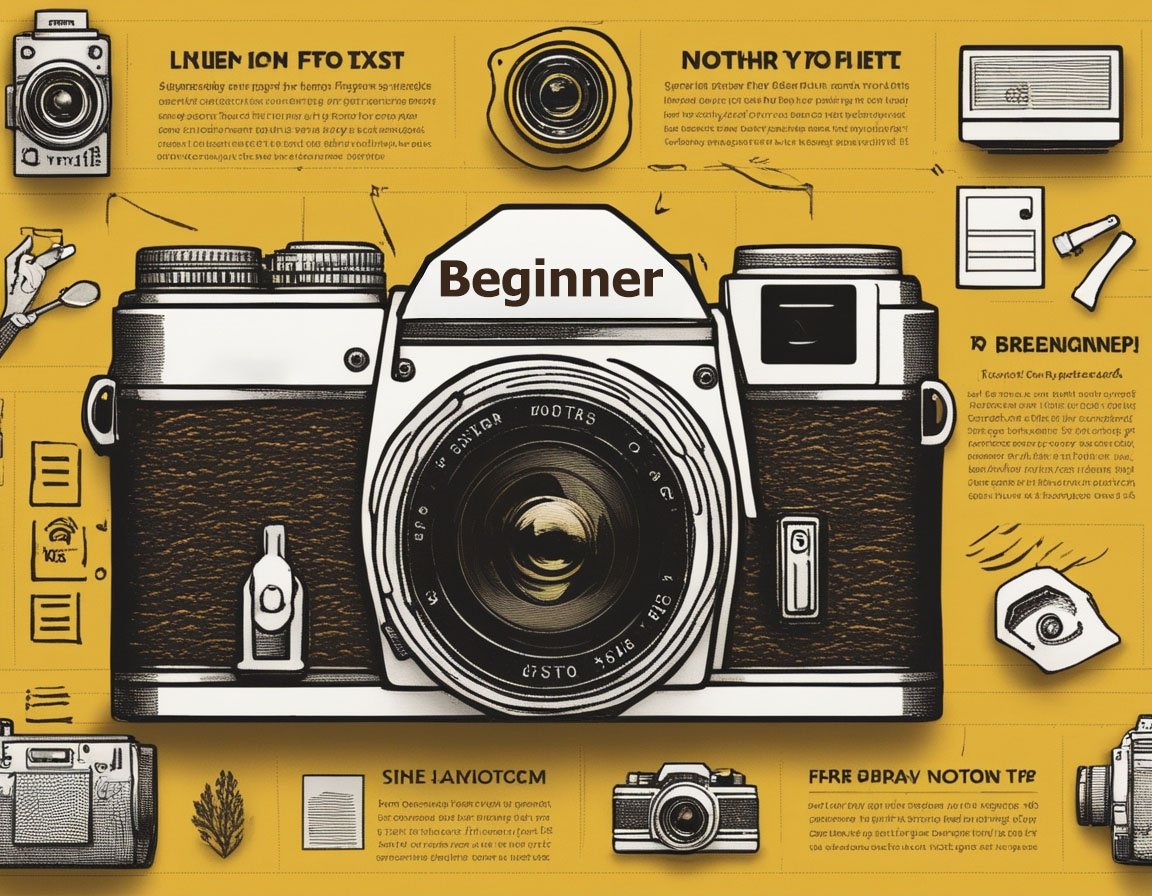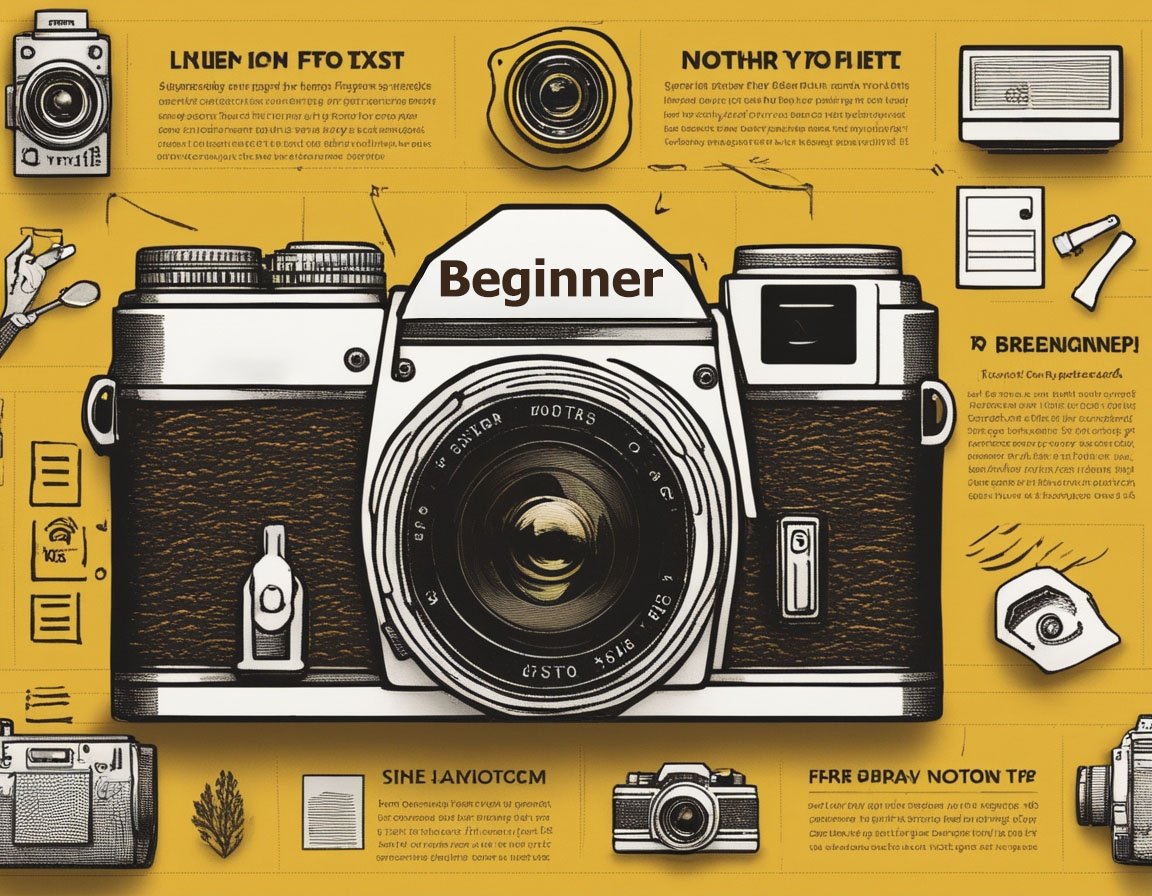Capturing motion in photography is an exhilarating challenge that allows photographers to portray the dynamism of the world around them. For new photographers, mastering the art of motion capture can seem daunting, but with the right techniques, anyone can create stunning images that freeze moments in time or depict the flow of action. Understanding the principles of motion photography involves familiarizing oneself with various camera settings, techniques, and creative ideas to produce compelling photos.
To effectively capture motion, understanding shutter speed is crucial. Shutter speed controls how long your camera’s sensor is exposed to light, directly affecting how motion is rendered. A fast shutter speed, like 1/1000th of a second, freezes action, making it ideal for sports or rapidly moving subjects. For example, capturing a sprinter mid-stride with a fast shutter speed creates sharp, crisp images that highlight the athlete’s form and intensity. On the other hand, using a slower shutter speed, such as 1/30th of a second, results in motion blur, adding a sense of movement and dynamism. This technique is excellent for subjects like waterfalls, where the silky flow of water conveys movement.
The aperture also plays an essential role in motion photography. A wide aperture (small f-number) allows more light into the camera, enabling the use of faster shutter speeds in low-light conditions. However, this comes at the expense of depth of field, so focusing must be precise. Conversely, a narrow aperture (large f-number) increases depth of field, which is beneficial for capturing scenes with multiple moving subjects. Balancing shutter speed and aperture is crucial for achieving the desired motion effect while maintaining proper exposure.
ISO settings impact motion photography by enhancing the camera sensor’s sensitivity to light. In dim lighting, increasing the ISO allows for faster shutter speeds without compromising exposure, useful for indoor sports or evening events. However, higher ISO levels can introduce noise, so finding the right balance is key. Modern cameras often handle high ISO much better, but always strive to use the lowest possible setting for maximum image quality.
Panning is a popular technique used to capture moving subjects against a blurred background. It involves following a subject with the camera while using a slower shutter speed, such as 1/30th or 1/60th of a second. When executed properly, the subject remains relatively sharp while the background appears streaked, conveying a sense of speed. Panning requires practice, as maintaining smooth motion and focus demands steady hands and precise timing.
Using burst mode is advantageous when photographing fast-moving subjects. Set your camera to continuous shooting mode to capture multiple frames per second. This technique increases the likelihood of getting the perfect shot, particularly in unpredictable scenarios like sports or wildlife photography. Reviewing and selecting the best images afterward allows for more creative freedom and flexibility.
Understanding the direction of motion is fundamental for effective composition. Anticipating where a subject will move and allowing space within the frame for it to move into creates balanced and dynamic photos. This principle, known as “leading the subject,” is vital for telling a story with your image. For instance, capturing a cyclist with ample space ahead implies a journey, whereas cramped compositions can feel static.
Creative motion blur opens up further artistic expression. Intentional camera movement (ICM) involves moving your camera during exposure to create abstract, impressionistic effects. Experiment with different movements, like swirls, shakes, or zooms, and shutter speeds to achieve diverse results. This technique transforms everyday scenes into exciting visual narratives, encouraging new photographers to see the world differently.
For successful motion photography, gear also plays a crucial role. A sturdy tripod stabilizes your camera during long exposures, preventing unwanted blurs. Additionally, a quality lens with fast autofocus capability helps track moving subjects effectively. Consider investing in a telephoto lens for distant subjects, offering the flexibility to capture tight action shots without compromising quality.
Lighting conditions significantly impact motion photography. Natural light, particularly the golden hours after sunrise and before sunset, enhances images with its warm glow. At night, capturing motion like light trails of cars requires slow shutter speeds and often, creative use of artificial light or long exposure techniques. Using reflective surfaces or backlighting can add drama and depth to motion shots, elevating the overall composition.
New photographers should also experiment with perspective to enhance motion images. Altering the angle at which you shoot can change the perception of motion. Shooting from a low angle can make subjects appear more imposing and dynamic, while overhead shots can highlight different aspects of movement, especially in crowded environments.
Post-processing skills are beneficial in refining motion photography. Software like Adobe Lightroom and Photoshop allows adjustments in exposure, contrast, and noise reduction to enhance image quality. Subtly increasing contrast and clarity can add depth to blurred images, while cropping can improve composition by focusing on the most dynamic elements of the scene.
Capturing motion as a new photographer is a journey filled with exploration and discovery. By mastering fundamental techniques like shutter speed control, panning, and creative motion blur, photographers can develop a keen sense of timing and composition. Experimenting with different perspectives, lighting conditions, and post-processing techniques further empowers photographers to transform ordinary scenes into captivating visual stories. By embracing these principles, new photographers can confidently capture the vibrant, ever-moving world around them, creating images that resonate with energy and life.



